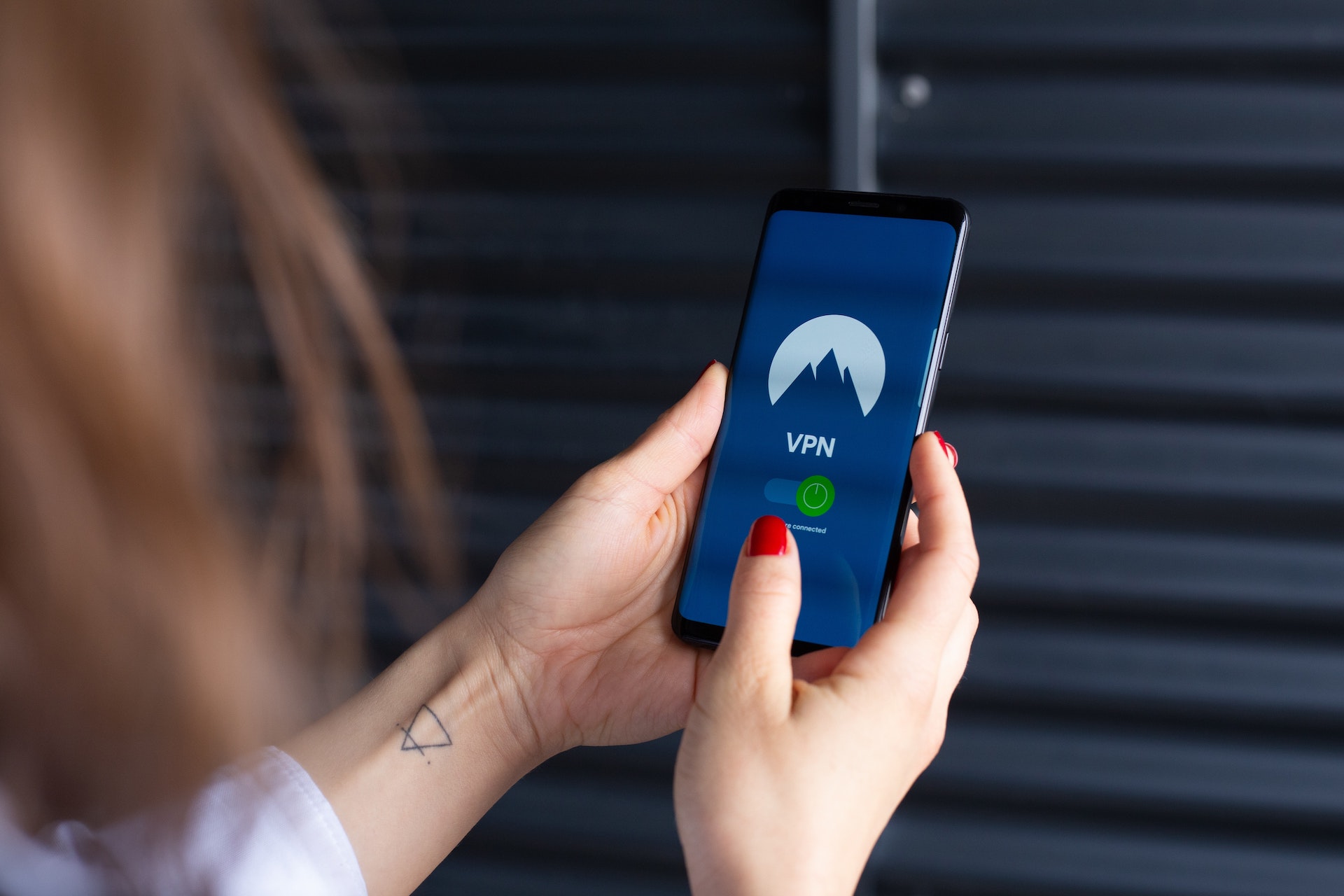It’s concerning to know that nearly two-thirds (65 percent) of IT decision-makers among UK-based brands believe employers show complacency when it comes to cybersecurity, thereby resulting in very poor attitudes towards data protection.
A Kaspersky study revealed that although most employers are aware of the looming trouble and catastrophe that can result from a serious breach, many are utterly confused as to how to protect themselves.
In most cases, a company implements whatever measures others use to combat cyber threats. But these measures may not work with a one-size-fits-all approach, which results in a discarded strategy.
Cybersecurity complacency problems do not arise out of not knowing what is expected. Rather, when the need to protect business data becomes evident, it’s easy to grab any “reed” available as a quick-fix or knee-jerk response… abandoning any thoughtful action.
Cybersecurity complacency is costly
The case is worse among SME’s (a.k.a. small and medium-sized enterprises). There’s a prevailing and erroneous belief that cybercriminals don’t have any viable reason to attack smaller companies. They see attacks on organizations such as Maersk and Tesco as a worthy cause for cybercriminals because they are high-profile organizations. As a result, SME complacency often translates into data vulnerability.
Even when employees have to torrent files, they often overlook the fact that speed and leak protection must coexist. While you need excellent speeds when torrenting large files, superior leak protection that incorporates a kill switch into VPN apps while working from anywhere is very vital. This will ensure that your traffic is protected and keep your IP address and location secure when torrenting files. If a VPN connection drops, you will still be protected if the kill switch is activated.

A whopping 74 percent of brands believe that being cyber-complacent can have a damaging impact on their business (e.g., losing customers). It’s not that companies don’t realize the threat is palpable. Instead, it’s a clear indication that they are generally complacent about cybersecurity.
According to a study conducted by UK-based satellite communications provider Inmarsat, 60 percent of participants believed that they required additional staff experience in cybersecurity, which is not forthcoming, to handle the vast quantities of data that IoT solutions generate.
Cybersecurity in the new world of work
The DCMS Cyber breaches survey revealed that as many as two-thirds of organizations are likely to suffer one form of a breach or another. Yet, only a few of them can say they have prepared response plans or formal training programs to deploy in the wake of a breach.
This has larger implications for the new world of work ushered in by the outbreak of a novel coronavirus, a global health emergency. It has taught us that we can effectively work from anywhere. However, new concerns, one being cybersecurity, quickly enter the forefront of a workplace that has suddenly entered millions of homes.
It’s not easy to ensure business data is secured in these situations, especially when employees have to use third-party apps and tools to improve workflows, productivity, and operations. The level of inherent cybersecurity danger may not be appreciated by all employees.
Build a cybersecurity awareness culture
Ensure everyone in your organization fully understands the importance of cybersecurity awareness. Technological improvements such as VPNs may give you an edge, but a complete culture shift and mindset change are necessary. It’s unwise to assume your company is immune simply because you have not yet suffered a breach.

A review of regulatory compliance and industry best practices can go a long way to enhance data security and privacy. Furthermore, cybersecurity should be everybody’s business. Creating an environment that champions data privacy and security is ideal. For example, insurance companies can extend affordable premiums to organizations that go the extra mile to ensure they are cybersecurity ready. While local governments can implement tax breaks to organizations that have recommended strategies in place to prevent cyber breaches.
A successful cyber attack will not only harm your business, but it will also impact customers, employees, business partners in the supply chain, and public perceptions.
Embarking upon a secure digital transformation
Many organizations will embark upon a digital transformation to address the impact of big data, software as a service (SaaS), cloud platforms, and artificial intelligence within their business. These are all notable technological innovations that businesses should embrace. However, there is an imminent danger when you plunge into an area you are not well-equipped to command.
Ultimately, security should be a common thread woven throughout any strategic plan. Moreover, the cost of making simple cybersecurity changes has become incredibly attractive in recent years. For example, VPN providers offer monthly, 1-year, 2-year, and even 3-year plans that can range from $11.95 to $3.49 per month.
Any cultural transformation requires a workable strategy. To get started, apply four simple approaches for digital optimization and protection across your organization:
- Patch your operating systems
- Patch your applications via technologies that can audit them for you
- Ensure you have a “default, deny” strategy that contains a list of what is authorized, and blocks unauthorized users
- Ensure admin rights on devices are not be given to users automatically
A cybersecurity assessment should be regularly conducted to review policies and procedures. Lastly, make it a point for your IT team and employees to be regularly updated as to the latest developments in the cybersecurity world. Coupling these strategic activities with tactical measures will mitigate the risk that your company faces today and in the future.
Hazel Hargreaves is a content writer on a mission to help entrepreneurs and small business owners build a strong online presence with high quality and shareable content.
© YFS Magazine. All Rights Reserved. Copying prohibited. All material is protected by U.S. and international copyright laws. Unauthorized reproduction or distribution of this material is prohibited. Sharing of this material under Attribution-NonCommercial-NoDerivatives 4.0 International terms, listed here, is permitted.













